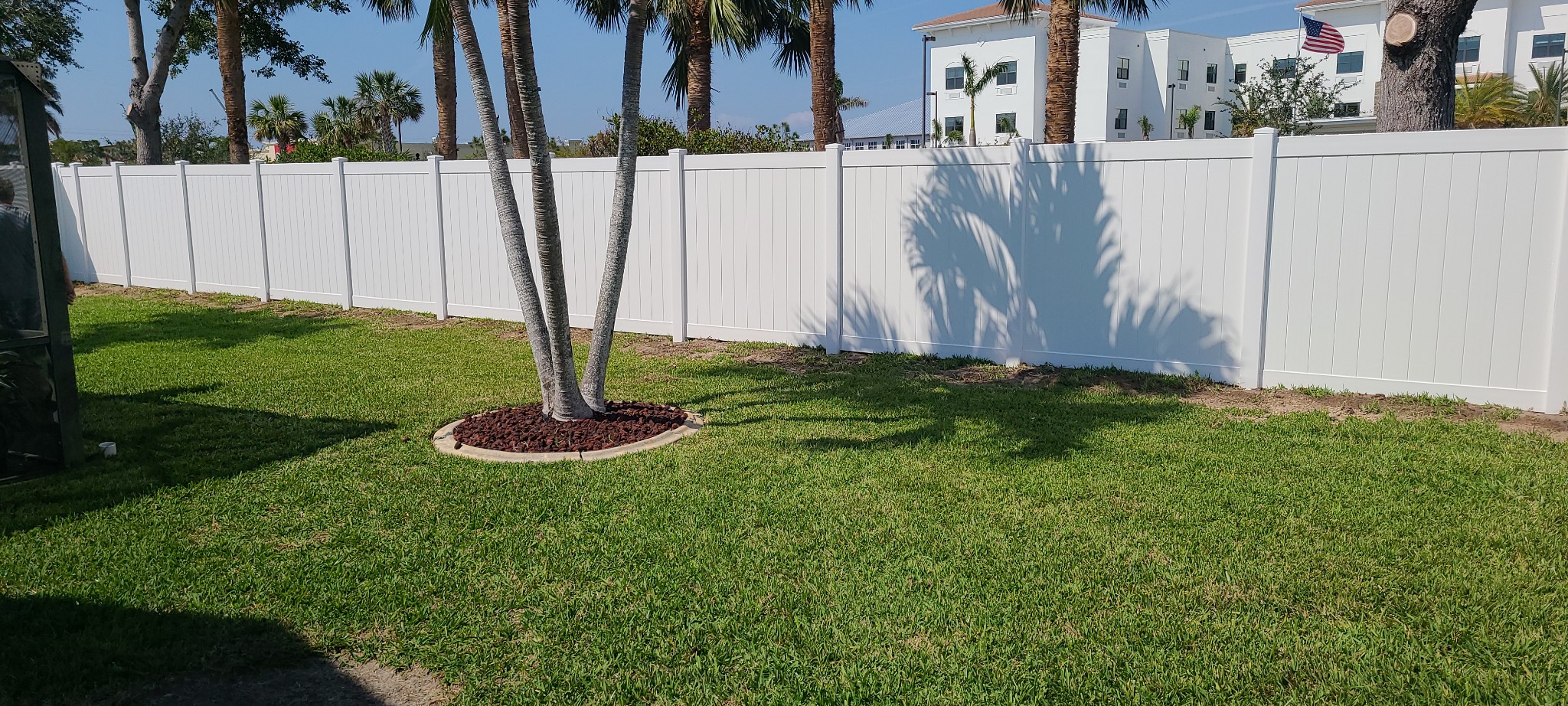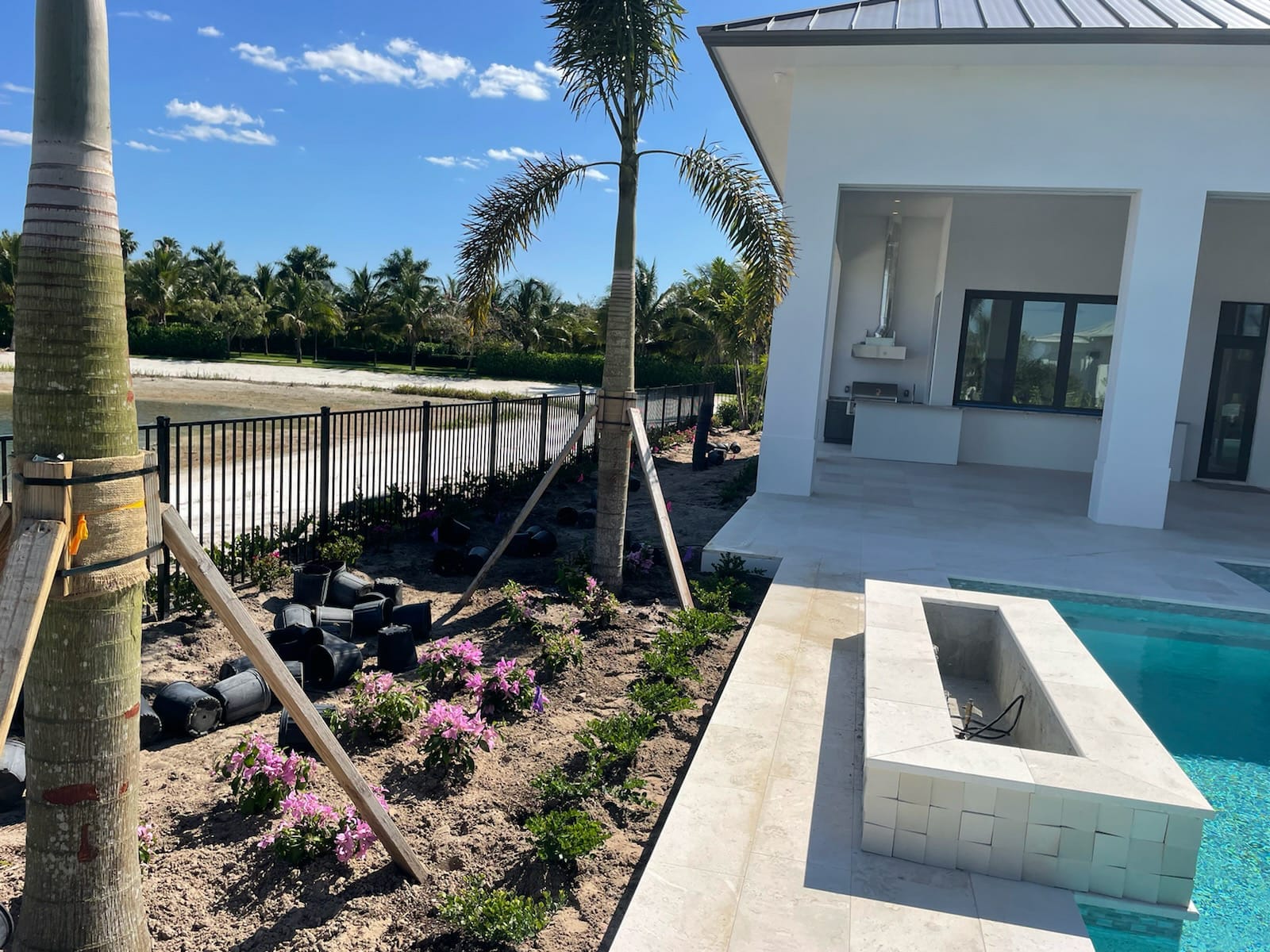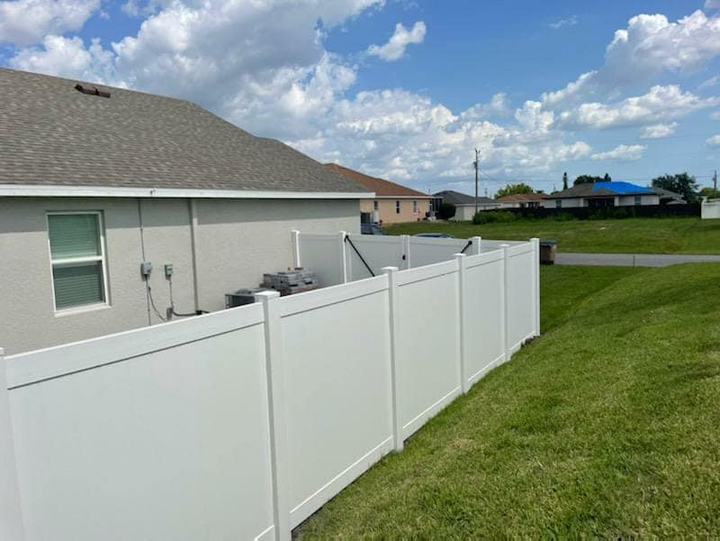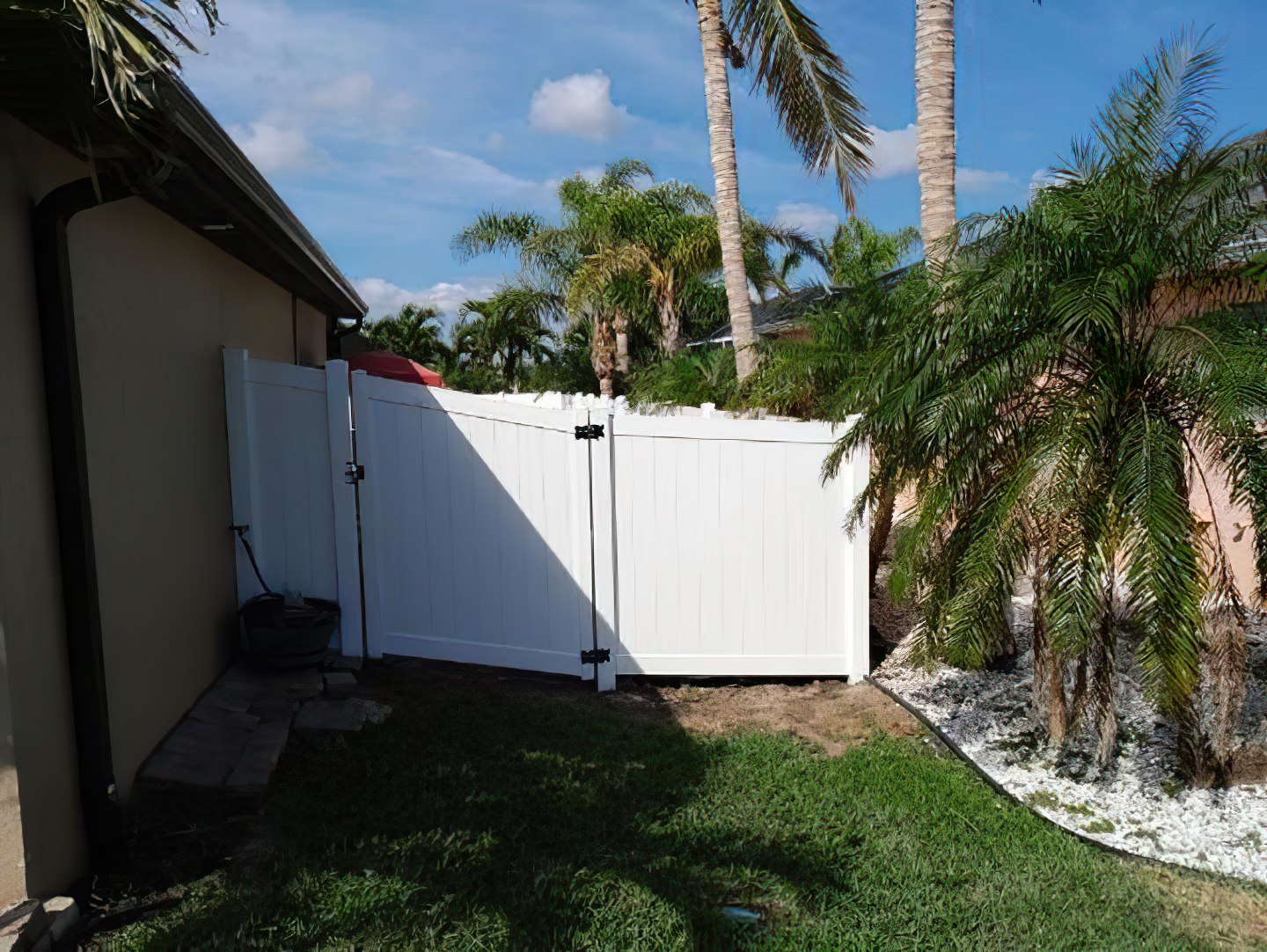Garden fencing is pivotal in yard design, serving practical and aesthetic purposes. It defines property…

How to Measure and Plan Your Fence Installation: A Comprehensive Guide
Proper planning and precise measurements are essential for a successful and long-lasting outcome when installing a fence around your property. Whether considering a new fence for security, privacy, or purely aesthetic reasons, this comprehensive guide will walk you through the crucial steps of measuring and planning your fence installation. From assessing your needs to choosing the right materials and layout, we’ve got you covered.
Assessing Your Needs
Before diving into the fence installation process:
- Take some time to assess your needs.
- Determine the fence’s primary purpose, such as enhancing security, providing privacy, or adding a touch of style to your property.
- Consider factors like the desired fence height and the materials that best align with your requirements.
Additionally, it’s vital to be aware of local regulations and homeowners association guidelines that may impact your fence design and installation.
Surveying the Property
To ensure accurate measurements:
- Begin by surveying your property.
- Invest in essential tools to mark the boundaries, including a measuring tape, level, and stakes.
- Conduct a thorough property survey to establish property lines and avoid potential disputes with neighbors.
- Identify obstacles like trees, utility lines, or slopes that might influence the fence’s location and design.
Measuring the Perimeter
Precise measurements are crucial for ordering the right amount of fencing materials and planning the installation layout. Follow this step-by-step guide to measure the property perimeter accurately:
- Start at a corner of your property and use a measuring tape to determine the distance to the next corner.
- Continue measuring along the boundaries, keeping the tape straight and level.
- Note each measurement as you go, or use a digital measuring tool for more accuracy.
- Double-check your measurements and calculate the total perimeter length.
Calculating Material Requirements
With the perimeter measurements in hand, it’s time to estimate the amount of fencing material needed. Consider the number of gates, fence posts, and any additional features you plan to include. Avoid unnecessary expenses by accurately calculating the required materials and accounting for extra allowances. This way, you can prevent under or over-ordering and streamline your project’s budget.
Choosing the Right Fence
Selecting the right fence type and material is a critical decision that affects the fence’s functionality, aesthetics, and maintenance requirements. Consider these factors when making your choice:
- 1. Fence Types: Decide on a fence style that suits your needs, such as a picket fence for aesthetics or a chain-link fence for security.
- 2. Fencing Materials: Evaluate the pros and cons of materials like wood, vinyl, aluminum, and steel to find the most suitable option.
- 3. Cost, Durability, and Maintenance: Strike a balance between upfront costs, long-term durability, and the maintenance efforts required.
Planning the Fence Layout
Create a detailed layout plan for your fence based on the measurements and property lines. Take these steps to ensure a functional and visually appealing design:
- Fence Line: Determine the exact location of the fence line along the property perimeter.
- Positioning of Gates: Strategically place gates for easy access and convenience.
- Aesthetics: Consider the overall aesthetic appeal and how the fence will enhance your property’s look.
Budgeting and Scheduling
Knowing the estimated overall cost of your fence installation project is vital for budgeting. Allocate funds for materials, labor, and unforeseen expenses. Set a realistic timeline for the installation, considering factors like weather conditions and potential delays.
Hiring Professionals vs. DIY
Decide whether to hire a professional fence installer or tackle the project as a DIY endeavor. Weigh the pros and cons of each option, considering factors like your skills, available time, and complexity of the fence design. If you opt for a DIY installation, follow the safety precautions and best practices to avoid accidents and ensure a successful outcome.
Obtaining Permits and Approvals
Before installing, familiarize yourself with local building codes and permit requirements. Obtain any necessary permits and approvals to avoid potential legal issues and fines.
Preparing the Installation Site
Ensure the installation site is clear of obstacles and debris. Remove any trees or vegetation that may obstruct the fence’s path. Check the ground for proper drainage and make necessary adjustments to prevent water accumulation near the fence.
DIY Installation Tips (if applicable)
If you’ve chosen to tackle the installation yourself, follow this step-by-step guide for a successful DIY fence installation:
- Mark the fence line using stakes and string as a guide.
- Dig holes for fence posts regularly and ensure they are level.
- Install the fence panels or pickets securely to the posts.
- Double-check the alignment and make any necessary adjustments.
- Apply weatherproofing or paint to protect and enhance the fence’s appearance.
Hiring a Professional Installer
If you prefer to leave the job to professionals, follow these steps to hire the right fence installation company:
- Research and compare reputable installers in your area.
- Obtain multiple quotes and compare the offers.
- Check customer reviews and references to gauge the company’s reliability.
Post-Installation Maintenance
Once your fence is installed, proper maintenance is essential to prolong its life and appearance. Follow these tips:
- Regularly inspect the fence for any damage or needed repairs.
- Adjust gates and hinges as needed to ensure smooth operation.
- Apply any necessary treatments, like staining or painting, to protect the fence from the elements.
Frequently Asked Questions (FAQs)
How deep should fence posts be set in the ground?
Fence posts should typically be buried at least one-third of their length into the ground for stability.
Can I install a fence on a slope?
Yes, you can install a fence on a slope using stepped panels or gradually adjusting the height.
Do I need to maintain my fence regularly?
Regular maintenance is crucial to ensure your fence remains in good condition and lasts for years.
Can I install a fence on my property without a property survey?
It is recommended to install a fence with a property survey. Accurate property measurements are crucial to avoid infringing on neighboring properties or violating local regulations.
What type of fence is best for security purposes?
Consider a solid, tall fence like wood or vinyl privacy for enhanced security. Adding features like locked gates and security cameras can further increase security.
Do I need a permit for my fence installation?
Permit requirements vary depending on your location and the type of fence you plan to install. Contact your local building department or consult a professional installer to determine if a permit is needed.
Can I paint or stain my fence to match my property’s color scheme?
Yes, painting or staining your fence is a great way to match it with your property’s color scheme. Ensure to use exterior-grade paint or stain for durability and weather resistance.
Conclusion
Properly measuring and planning your fence installation is fundamental to achieving a secure, functional, and aesthetically pleasing fence. By understanding your needs, accurately measuring the property, and making informed material and design choices, you’ll be on the path to a successful fence installation project. Whether you choose to go the DIY route or hire a professional, taking the time to plan will pay off with a fence that stands strong and enhances your property for years to come. Happy fencing!





